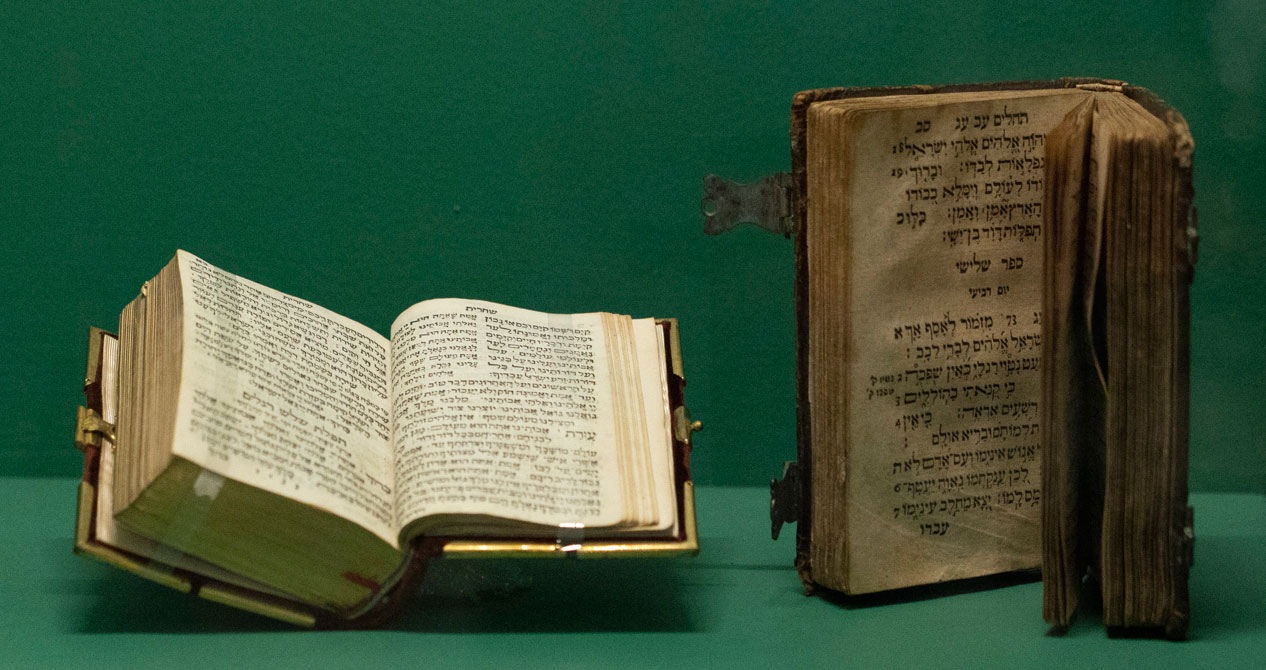
Synagogue
The synagogue, bet ha-knesset, is the place where Jews come together to pray and study the Torah. In fact, to be defined as such, a Jewish place of worship must hold at least one Sefer Torah (the “Book” of the Law).
The Torah scrolls are contained in the Aron ha-qodesh (the holy ark), generally set against the eastern wall of the synagogue, facing toward Jerusalem.
Construction of the synagogues was governed by the laws of the land. Throughout Italy, and even in Ferrara, until equal rights were granted to the Jewish minority, such buildings could bear no external markings indicating the presence of a Jewish place of worship inside. The façades of buildings housing the synagogues are thus unadorned, only upon entering can one admire their beauty.
The oldest synagogue in Ferrara, called the Scuola Italiana, is located in the complex on via Mazzini 95, however, following its devastation by the Fascists, it has not been restored to worship and today serves as a meeting place for the community. Instead, the German synagogue, dating back to 1603, and the Fanese synagogue, built in the 17th century, are currently in use.
The presence of three synagogues in the same building stems from the donation of that house to the community by its owner Ser Mele in 1485. In his will, he bequeathed the building on the condition that it should not be transferred and only used as a meeting space reserved for prayers.
Torah
The Torah, the Jewish Bible, is the most sacred of Jewish texts and the basis of all celebrations that take place in the synagogue.
The text is handwritten on parchment by a skilled scribe and no illustrations and decorations are allowed. While other ritual parchment scrolls are wound around a single shaft, the Torah has two, the etzei chayyim or the trees of life, and is wound inward on each one towards the center.

